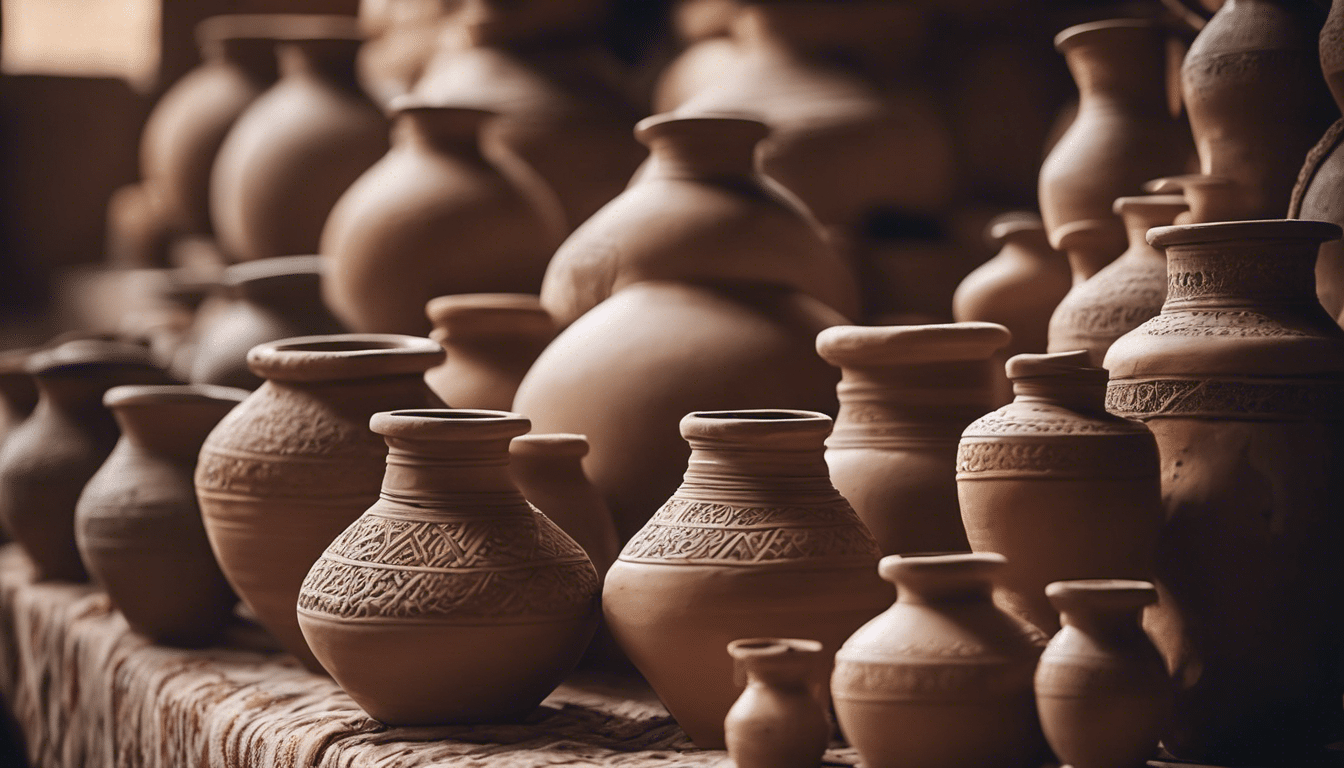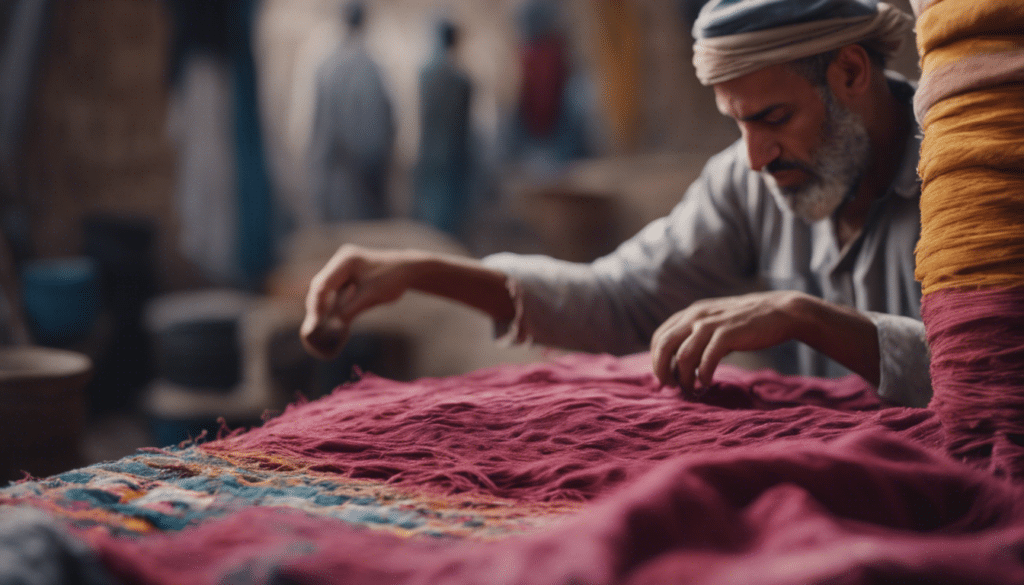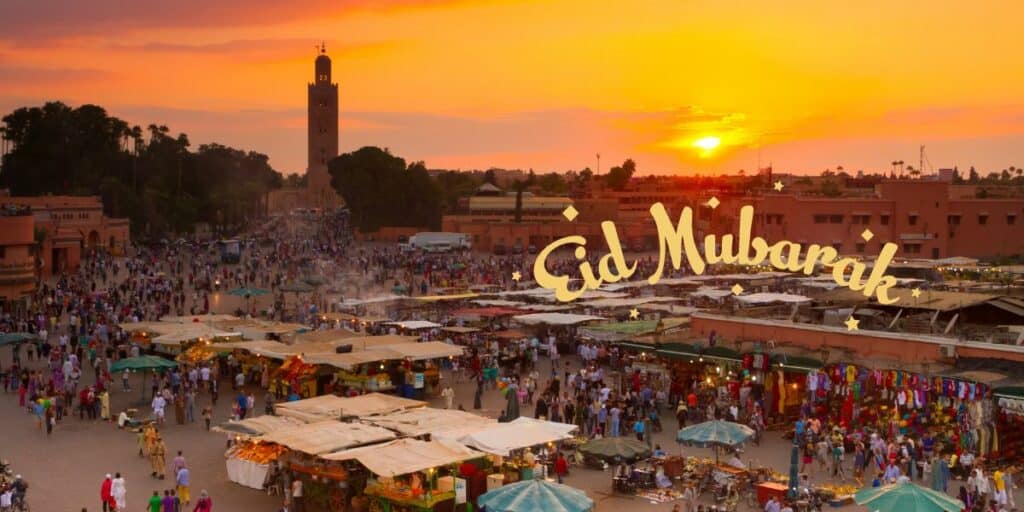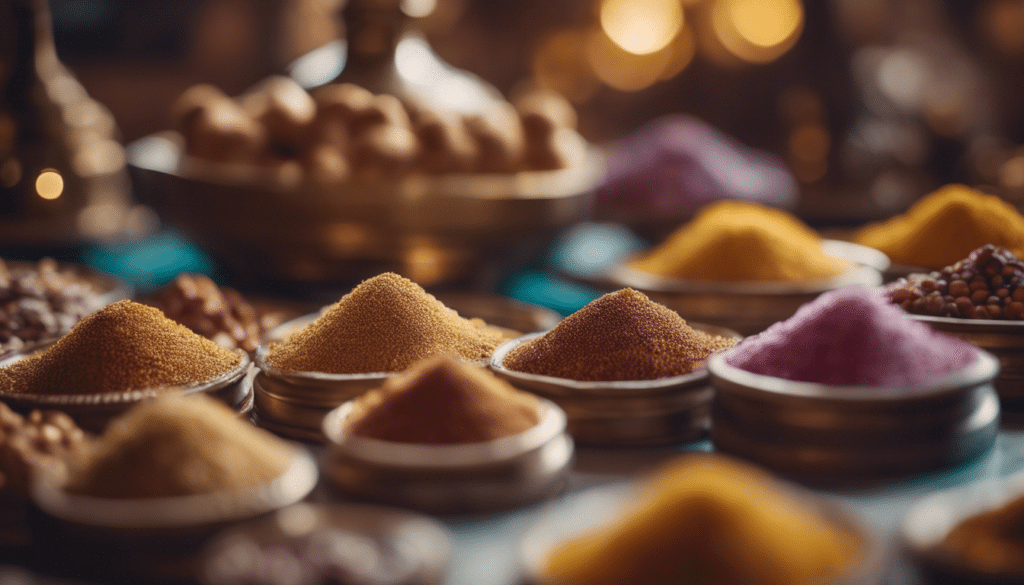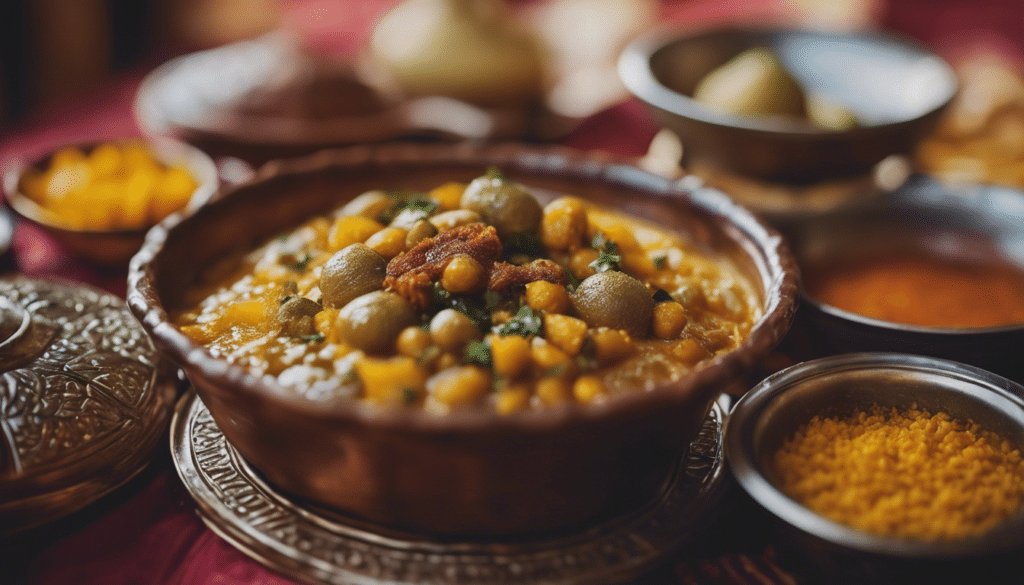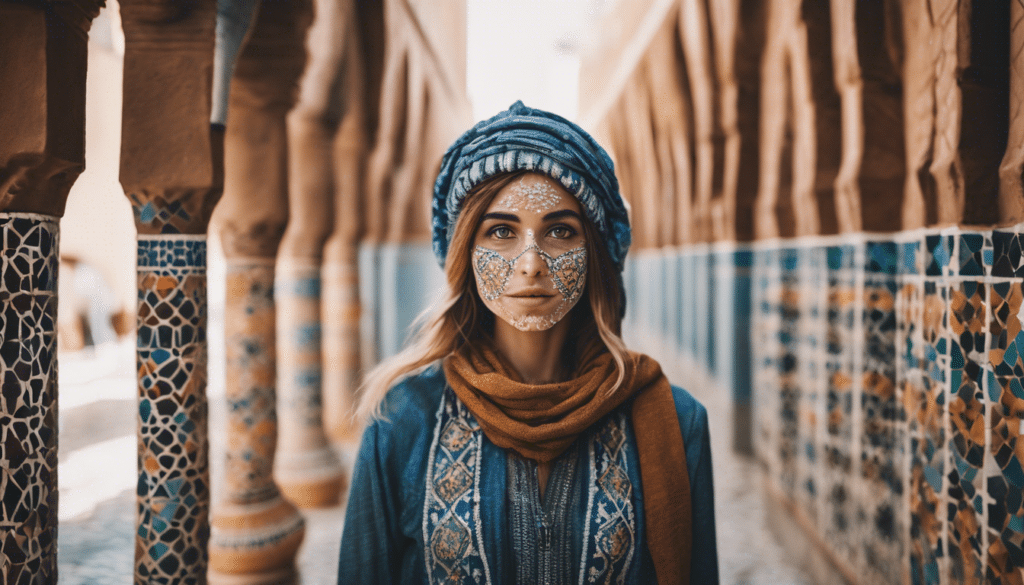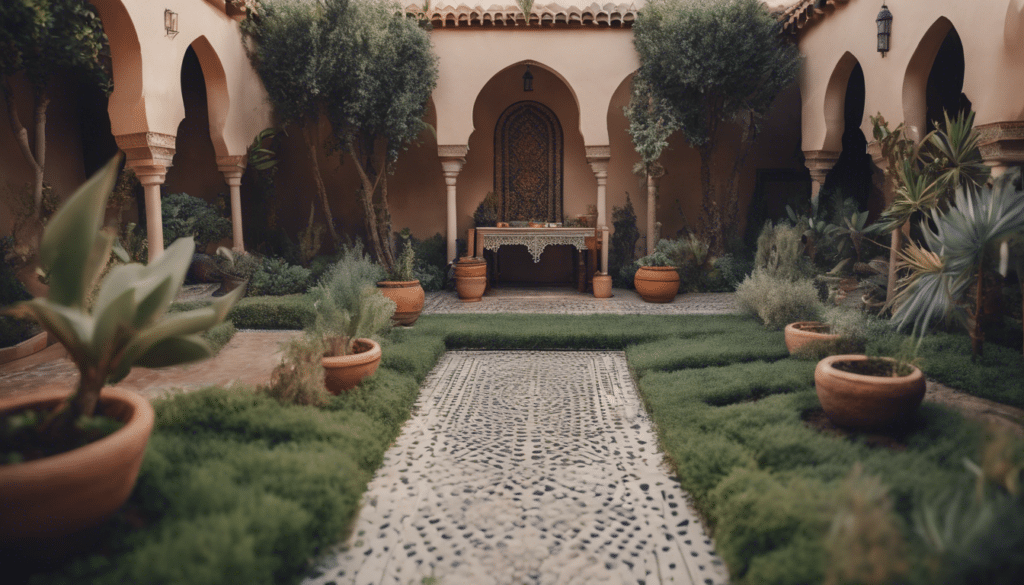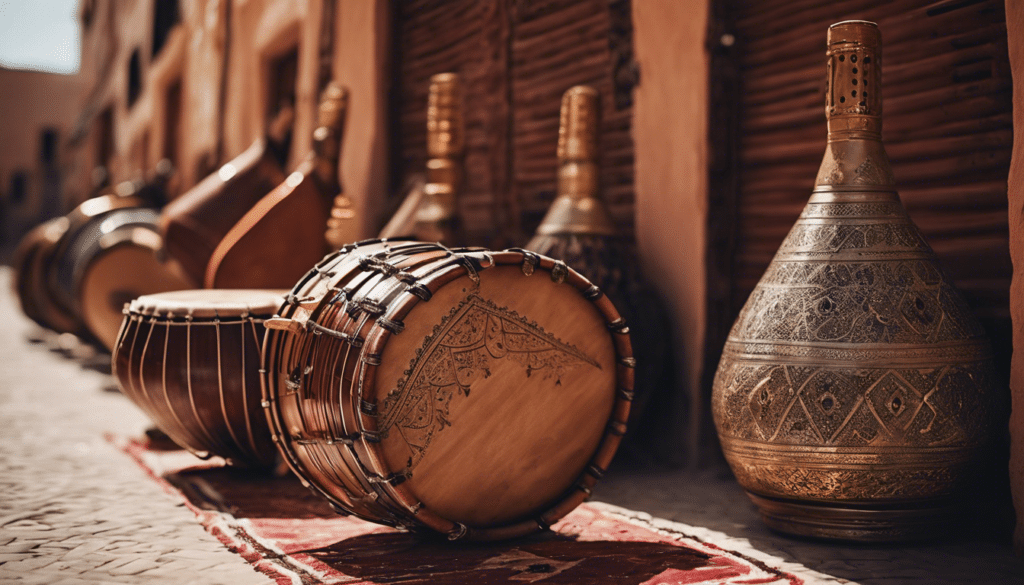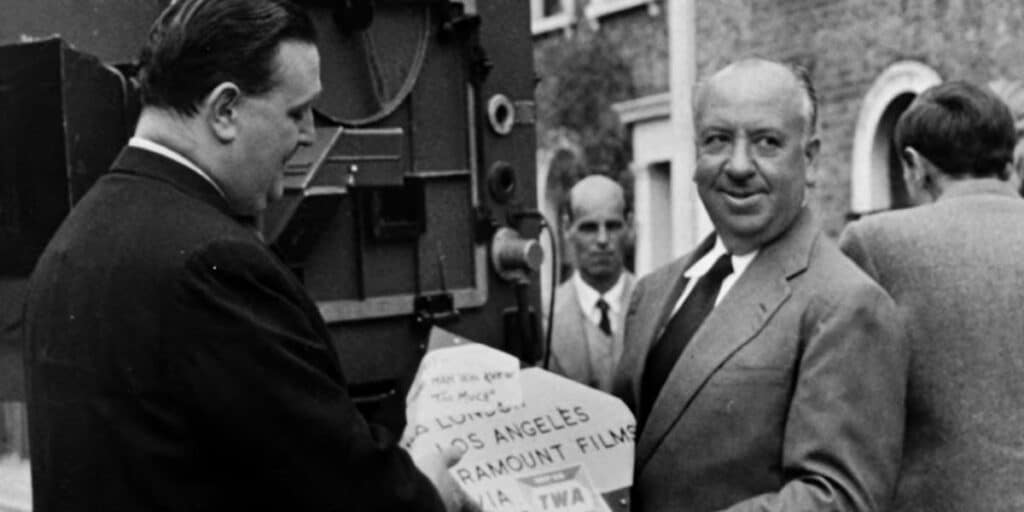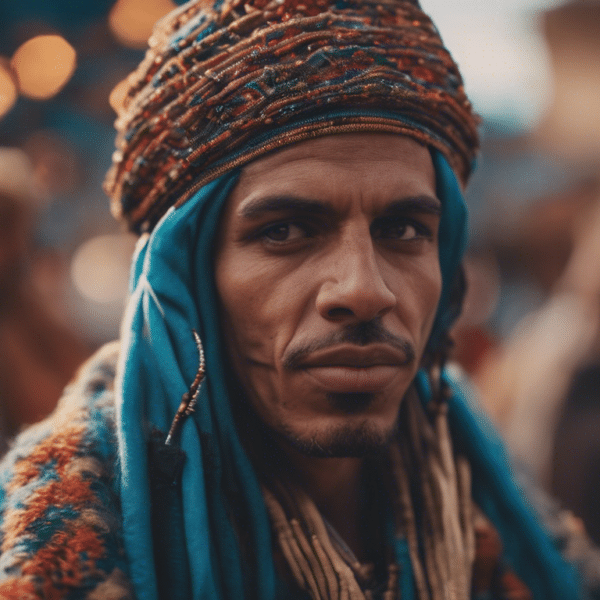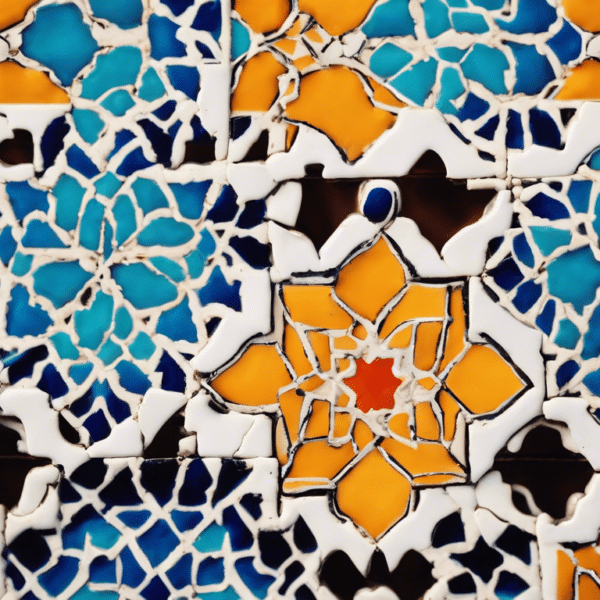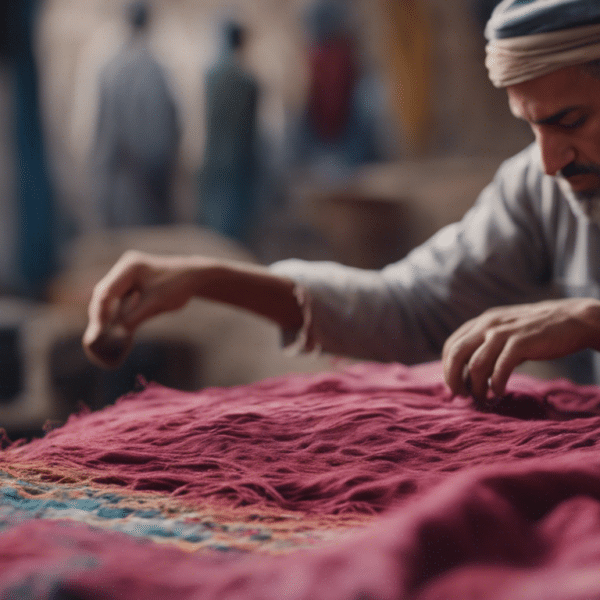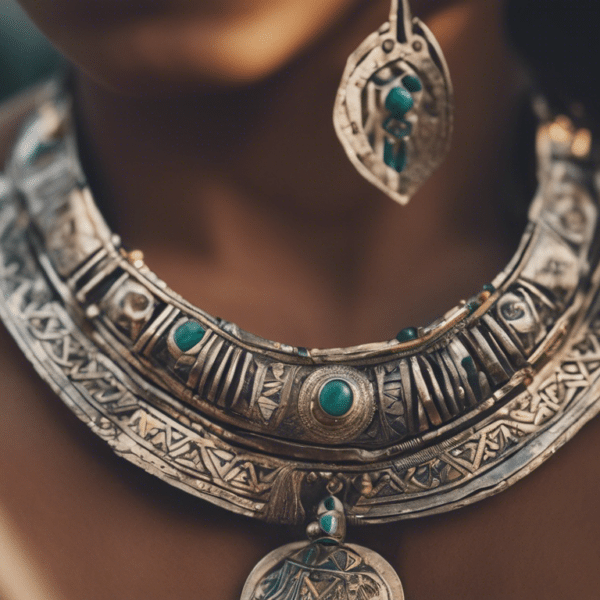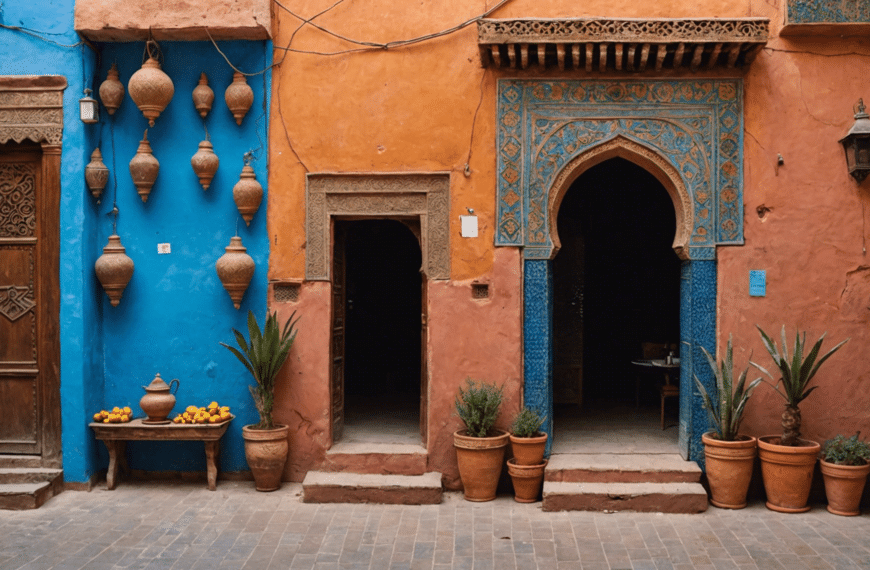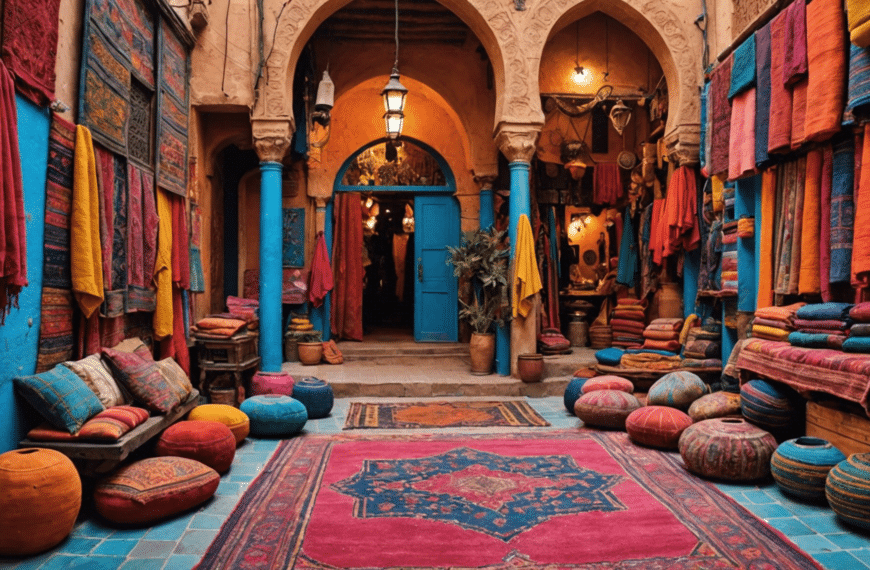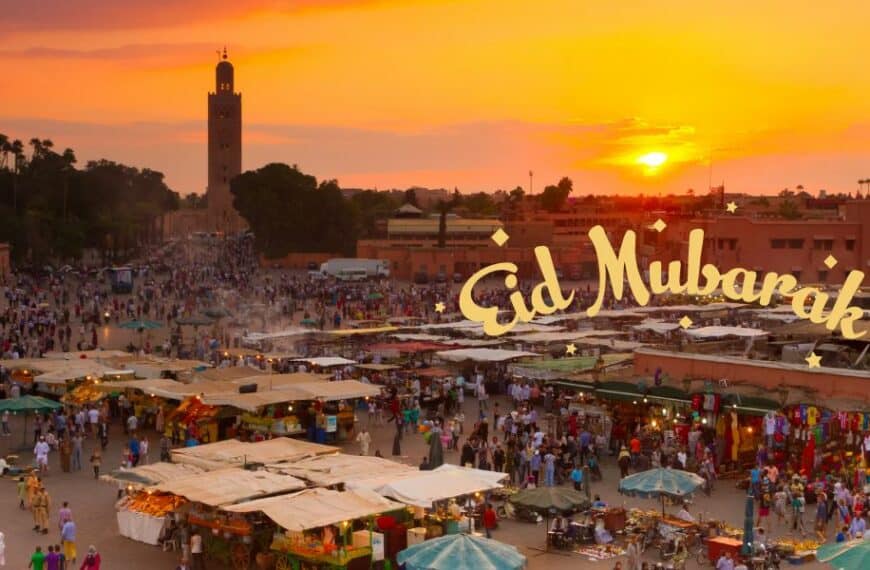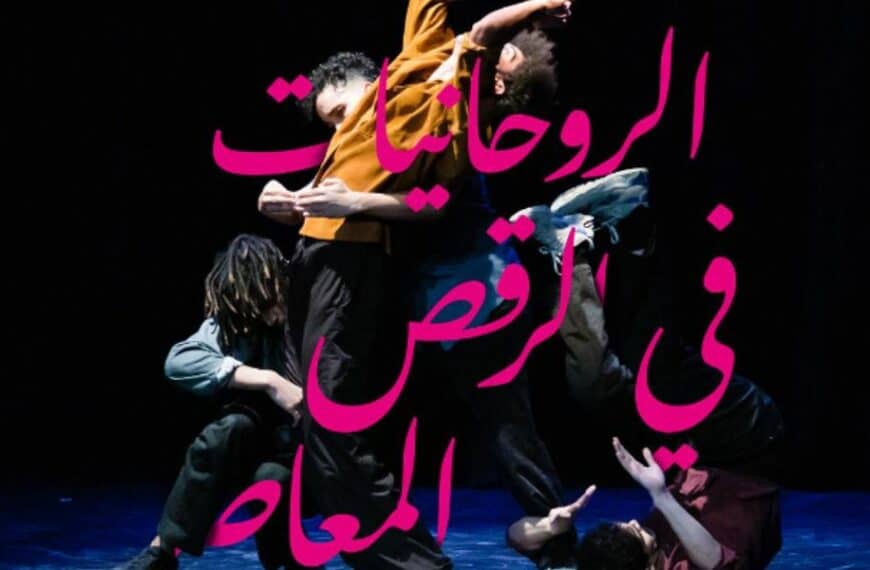Embark on a journey through the rich tapestry of Moroccan culture with a deep dive into the ancient craft of pottery making. In a land where art intertwines with daily life, the skilled hands of artisans breathe life into clay, spinning and shaping it into timeless treasures. From the bustling souks in the heart of Marrakech to the tranquil studios nestled in the Atlas Mountains, uncover the secrets of this enduring tradition and the mesmerizing dance of the potter’s wheel that has captivated generations. Join us as we explore the soul-stirring beauty of Moroccan pottery, an art form where every vessel tells the story of a nation’s heritage and the pulse of its people.
Exploring the Heritage of Moroccan Pottery
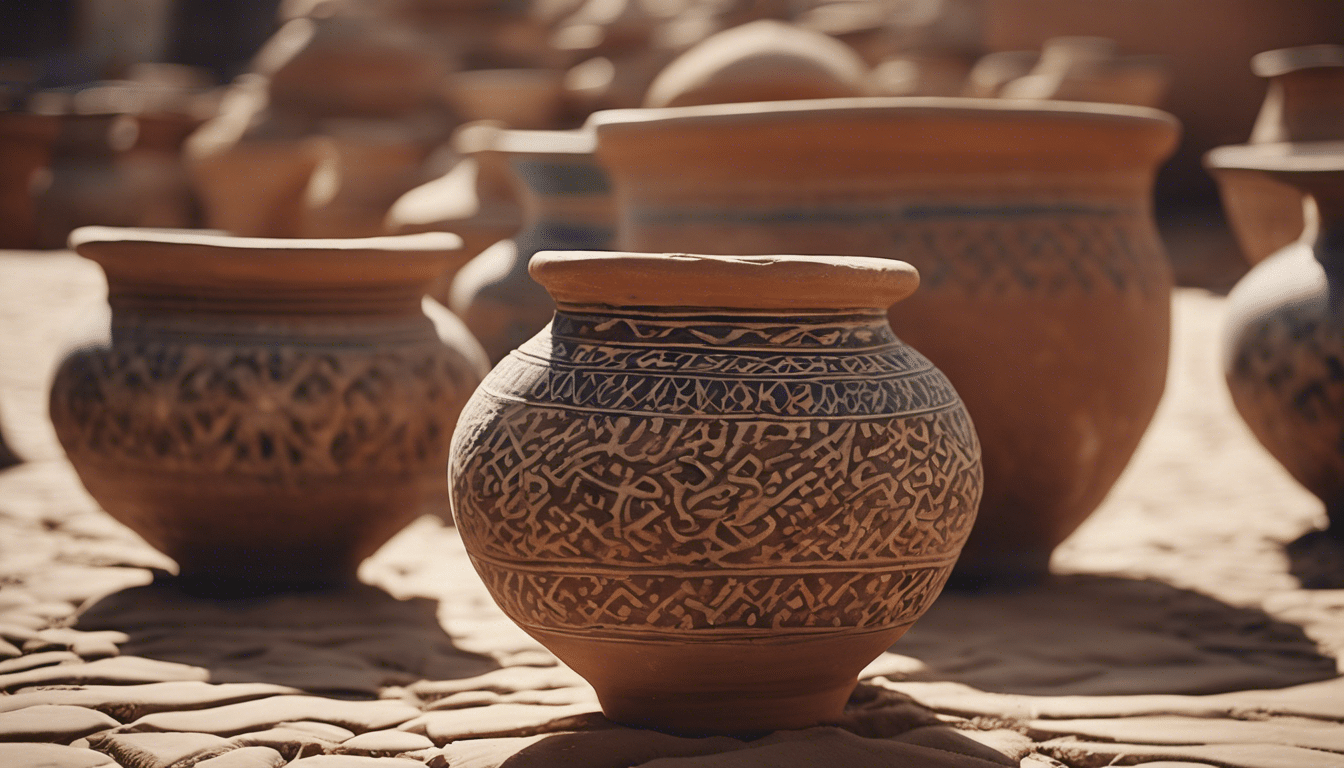
Moroccan pottery: Exploring the heritage of Moroccan pottery
Deep in the heart of Morocco’s bustling medinas and amongst the tranquility of its rural enclaves, a story of clay and craft unfolds, telling tales of heritage and artistry through the timeless tradition of Moroccan pottery. This heritage is not only a testament to the country’s rich cultural tapestry but also an enduring narrative of the land’s natural resources and the wisdom of its people.
When we speak of Moroccan pottery, we conjure images of intricate designs and vibrant hues, each piece a canvas where earthen elements meet human skill. For centuries, Moroccan potters have embraced the earth’s gifts, moulding, glazing, and firing raw clay into stunning artefacts that have garnered global admiration.
The journey into Moroccan pottery is one of passion and precision. It is an art form steeped in history, reshaped by generations of artisans who have elevated it from functional craft to a beloved form of artistic expression. This pottery is not merely a souvenir; it represents the soul of Morocco, encapsulating the aesthetic identity of its people in each delicately painted line and skillfully sculpted shape.
As we delve deeper into the the essence of this extraordinary craft, let us uncover the nuances that distinguish Moroccan pottery, explore its various styles, and celebrate its role in the nation’s cultural legacy.
Traditional Techniques and Styles
Moroccan pottery is characterized by a variety of techniques and styles, each bearing the unique touch of the region where it was born. The famed Fes blue, synonymous with the imperial city of Fez, features a deep cobalt pigment on a white background, intricate patterns demonstrating the unsurpassed expertise of local artisans.
In contrast, the pottery from Safi, another city renowned for its ceramic artistry, presents a palette of rich colors and often depicts geometric forms, while Tamegroute pottery from the Draa Valley is celebrated for its distinctive green glaze, a result of copper in the glazing process.
Each region’s style blends local resources, cultural influences, and ancestral methods to create pottery that is as varied as it is beautiful. Still, traditional techniques such as the potter’s wheel and the open-air firing remain at the heart of Moroccan pottery-making.
Cultural Significance and Uses
Moroccan pottery is not only an art form but also a cultural emblem deeply rooted in the daily lives of the Moroccan people. From the quintessential tagine used to slow-cook savory stews to the ornate zellij tiles that adorn palaces and homes, these ceramic creations are imbued with significance. They serve as a bridge between the functional and the decorative, each piece a witness to the harmonious blend of beauty and utility.
Festivities and ceremonies are often graced with handcrafted pottery, which in turn, embeds itself into the collective memory of the community. Whether it’s a grand feast or a quiet cup of mint tea, Moroccan ceramics play a key role in the rituals that punctuate Moroccan life.
The Artisan and the Craft
Behind every curved lip, every etched pattern on a Moroccan pot, is the story of an artisan whose hands have learned the patience and strength required to master this craft. These craftsmen and craftswomen are not mere makers; they are the keepers of a legacy, the modern-day storytellers of an ancient tale told in clay and fire.
In workshops that echo with the rhythmic spinning of the wheel and the whispering hiss of the kiln, each artisan contributes to the evolving narrative of Moroccan pottery. The skills, passed down through families and apprenticeships, are as much a part of this heritage as the finished product itself.
In our ever-changing world, these artisans are a link to the past, yet also innovators who continuously breathe new life into their work. By respecting tradition while embracing contemporary design, they ensure that Moroccan pottery remains relevant and cherished.
Preservation and Global Appreciation
With the rise of industrial production, the need to preserve traditional pottery techniques has never been more pressing. Initiatives to protect and promote Moroccan pottery are essential not only for the survival of the craft but also for the continued economic sustenance of the artisan communities.
Moreover, as world markets embrace the authenticity and charm of Moroccan ceramics, the demand for these unique pieces has grown. Connoisseurs and casual admirers alike seek out Moroccan pottery for its unmatched aesthetic and cultural depth, appreciating that each piece, whether a simple bowl or an elaborate vase, carries with it a story spanning centuries.
In conclusion, the exploration of Moroccan pottery is a vivid journey through color, form, and time. It is a voyage that reveals the soul of a nation through its earthenware, celebrating the richness of a heritage that endures as beautifully and resiliently as the pottery itself.
Origins of Moroccan Ceramic Techniques
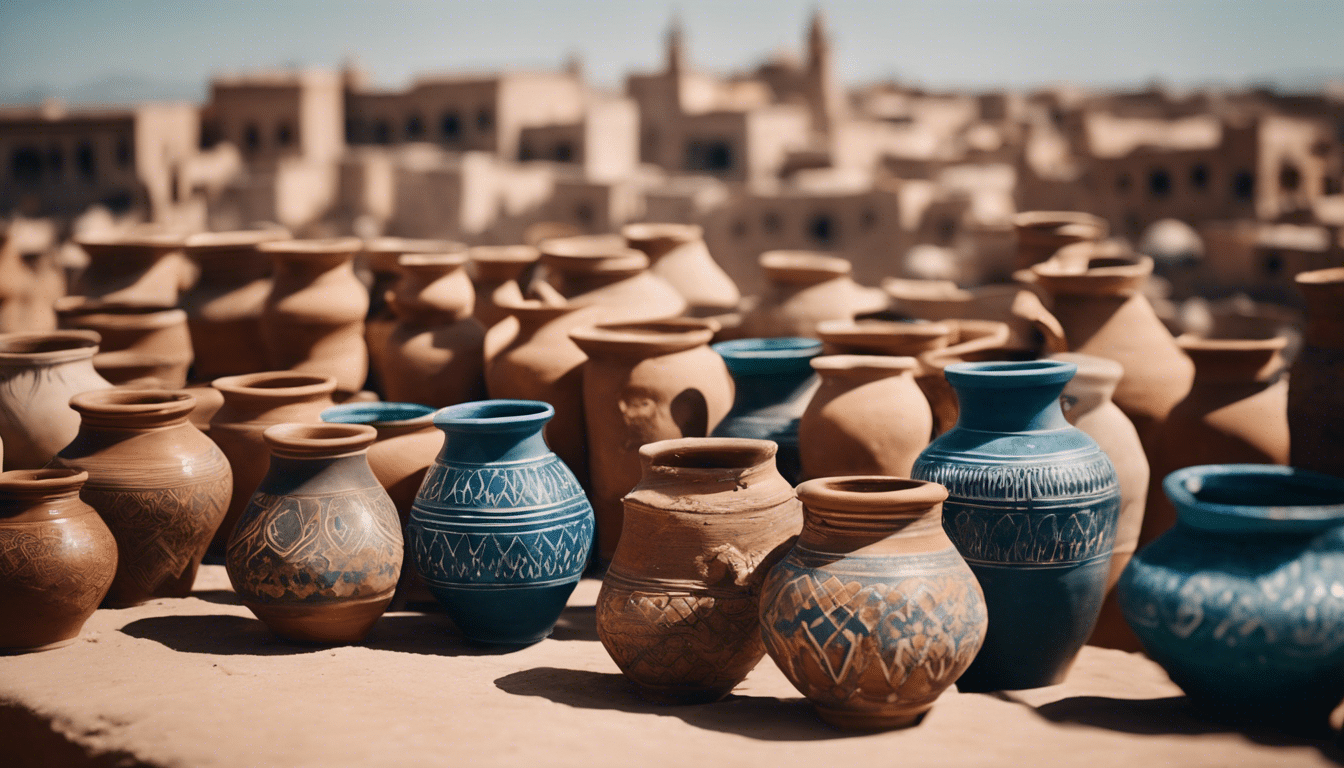
Embarking on a journey through the rich history of Moroccan pottery, one uncovers a timeline that stretches back centuries, deeply embedded within the cultural fabric of this North African kingdom. Morocco’s ceramic techniques are a confluence of indigenous Berber craftsmanship, Arab influences, and ancient Andalusian artistry. The foundations of these techniques showcase the complexity and cultural amalgamation that have shaped Moroccan ceramics into the global art phenomenon they are today.
The birthplace of traditional Moroccan pottery can be traced back to the towns of Fez, Safi, Meknes, and Marrakech. These cities, known as the pottery capitals, still echo the clattering and whirring of craftsmen meticulously honing their craft. The potters use techniques that have been passed down through generations, often learned from family members dedicated to preserving the ancestral legacy of Moroccan ceramics.
Clay Preparation: The First Step Towards Mastery
Before the creation of any Moroccan ceramic piece, the preparation of clay is elemental. The clay used in Moroccan pottery is typically sourced from the rich Moroccan soil, which is then meticulously cleaned, filtered and kneaded by hands practiced over time. The prepared clay then awaits the skilled hands of artisans to transform it into exquisite pottery.
Wheel Throwing and Moulding: Shaping the Art
The wheel throwing technique, an integral part of creating Moroccan pottery, involves the artful manipulation of clay on a potter’s wheel. This process demands a delicate balance between pressure and motion – a dance of human touch and natural element. Moulding, on the other hand, allows artisans to craft intricate shapes and sizes, offering flexibility in design and creative expression.
Decorative Brilliance: Painting and Glazing
After shaping, the art pieces are left to dry and later painted with unique designs that reflect the vibrancy of Moroccan culture. Infusing life into each piece, the painting is done using natural pigments and a steady hand that traces geometric patterns, floral motifs, and calligraphic art that is reminiscent of Islamic heritage. Subsequently, glazing becomes the protective and beautifying layer that not only seals the pigments but also adds that characteristic glossy sheen famous in Moroccan ceramics.
The Kiln’s Flame: Firing into Permanence
No ceramic piece is complete without undergoing the transformative power of fire. The firing process solidifies the pottery and is a critical step that requires unparalleled expertise. Traditional wood-burning kilns are often used, contributing to the distinctive finish of Moroccan ceramics. The heat-worked magic aligns with the kiln’s ancient alchemy, fusing art and earth into a beautiful symbiosis.
Contemporary Resurgence: Reviving Ancient Art
In modern times, there is a resurgence of interest in ancient Moroccan ceramic techniques. Artisans are not only preserving traditional methods but also incorporating modern designs, thereby widening the appeal of Moroccan pottery on the global stage. Workshops and cooperatives have burgeoned across Morocco, promoting sustainable practices and ensuring the continuation of this age-old craft.
Cultural Legacy: A Testament to Moroccan Identity
Moroccan pottery is not just an art form; it narrates stories of cultural endurance and the intertwining of histories. Every pot, plate, or decorative tile holds within it the heritage of a nation that prides itself on the skill and passion of its people. This art form stands as a testament to the echoing Moroccan identity that has withstood the sands of time, speaking volumes through its silent shapes and colors.
Through understanding the origins of Moroccan ceramics, we come to appreciate not just the beauty of the finished art piece, but the collective memory and traditional knowledge that makes Moroccan pottery a treasured gift to the world of art. Whether admired on the shelf of a connoisseur or served upon in a Moroccan household, these ceramics carry within them an essence of Morocco – enduring, intricate, and forever enchanting.
Clay: The Foundation of Moroccan Pottery
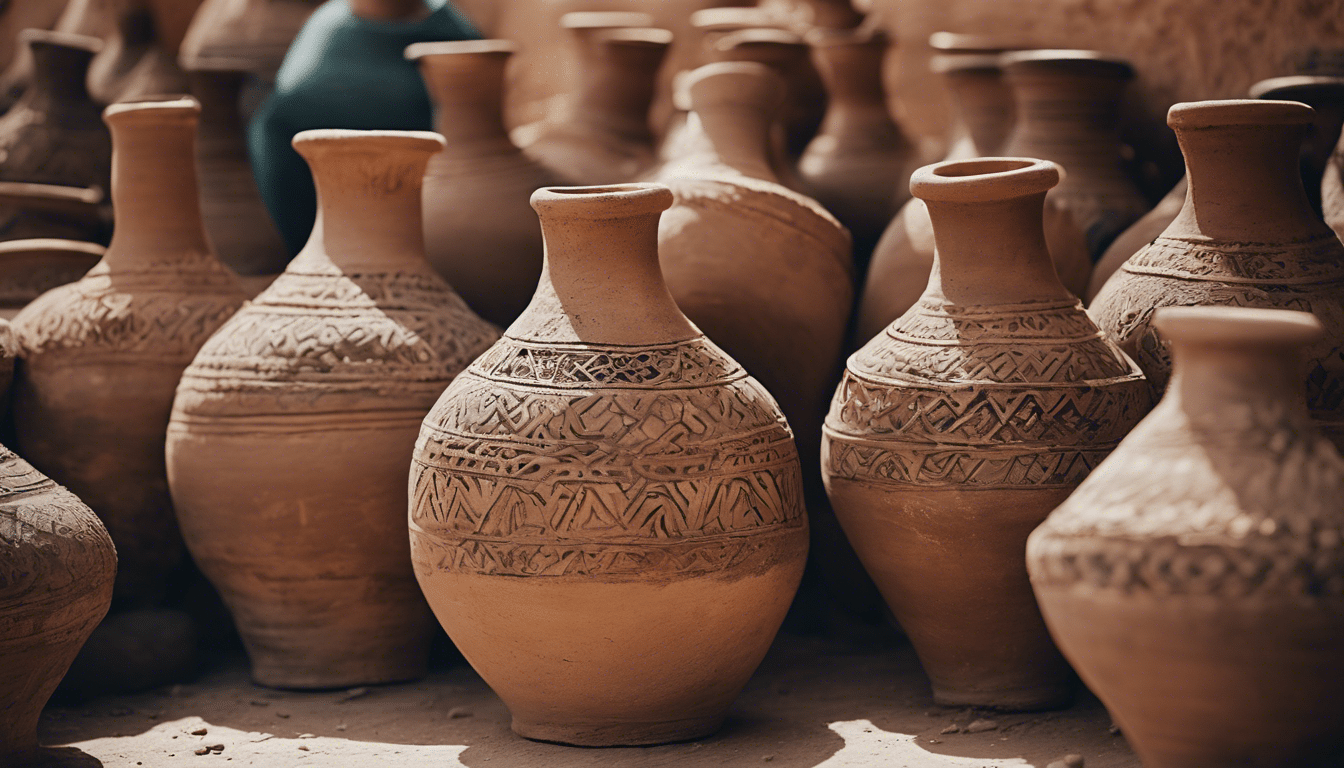
Imagine your fingers feeling the cool, malleable earth, the moist clay yielding to your every touch and intention. This is where the magic begins: with the humble foundation of Moroccan Pottery, the clay itself. As an avid traveler and enthusiast of world crafts, I’ve been mesmerized by the age-old traditions of Moroccan potters—how they transform simple earth into breathtaking works of art.
For millennia, clay has been at the very heart of Moroccan pottery, shaping the culture and daily lives of its people. This primal material is sourced from the bountiful Moroccan soil, giving each piece of pottery a piece of the land’s soul. It’s a craft passed down through generations, each potter adding their breath of life to the spinning clay, creating vessels that speak not only of function but also of beauty.
The journey of creating a traditional Moroccan pot starts with the careful selection of the right kind of clay. The diversity of the Moroccan landscape offers various types of clay, each lending itself to different pottery techniques and finishes.
Potters in Marrakech might favor the red clay from the Ourika Valley for its rich color and durability, while artisans in Fes may choose the gray clays, prized for their workability and fine texture. And let’s not forget the silty black clay from the riverbanks of the Draa, which lends a rare and mystical quality to the finished pots.
Once procured, the clay is meticulously prepared—a process as fundamental as it is meditative. It’s kneaded and wedged to ensure uniformity and to remove any air bubbles that might later cause cracks. Water is sparingly added to reach the perfect consistency before the skilled hands of the potter begin their dance on the wheel.
The Blend of Tradition and Innovation
In the realm of fine Moroccan craftsmanship, pottery is a field where tradition meets innovation. While ancient techniques and designs are profoundly respected, contemporary Moroccan artisans are not afraid to experiment and push boundaries. This results in a fascinating blend that appeals to collectors and art lovers like us, who are always on the lookout for that perfect merger of old-world charm and modern flair.
As travelers, we witness the potters toiling with their wheels in open air markets, staying faithful to techniques that have not changed for centuries. The symphony of their movements is entrancing, pulling us into a narrative that has been spun long before our time. Yet on some shelves, you may find a potter’s reinterpretation of classical forms, adorned with avant-garde patterns or shaped into a form that perhaps rebels against convention.
In this way, every piece of Moroccan pottery tells a story. Some narrate the past, others whisper of the future, but all are anchored by the robust foundation of clay.
The Symbolism Encrusted in Clay
There’s an undeniable spirituality encrusted in Moroccan pottery. Each design is more than an aesthetic choice; it’s a symbol, a script that communicates beliefs, stories, and identities.
The Berber symbols, for instance, are more than just decorative geometrics; they’re an ancient language that imparts blessings, protection, and history. These marks are not haphazard but are carefully conceived, each stroke part of a larger narrative ingrained in the culture’s heart.
The Ritual of Glazing and Firing
After crafting comes the alchemy of glazing and firing—the transformative process that turns fragile clay into enduring stoneware. Glazes not only add color and shimmer to pottery but also seal and strengthen each vessel.
Moroccan potters, adept in this arcane knowledge, apply glazes by hand, often using natural substances to attain a spectrum of vibrant hues. The pottery is then given to the flames, a test of its integrity and the potter’s skill. The intense heat from traditional wood-fired kilns or the more controlled environment of gas kilns melds clay and glaze into a singular, resilient piece.
This vital step requires precise timing and temperature control, which comes from years of experience and intuition—a truth in the craft that technology cannot supplant.
Embracing Moroccan Pottery in Modern Decor
In modern homes, Moroccan pottery finds its place as an emblem of the world’s interconnectedness and love for diversity. A simple tagine on a kitchen shelf or a beautifully painted vase in the living room does more than fill a space; it creates a tactile and visual bridge between cultures.
For those of us who’ve walked through the bustling souks of Morocco, every glance at these earthen treasures evokes not just the artistry but also the very essence of Moroccan life—the chants, the spices, the warmth of the sun—all encapsulated in the humble clay.
In a world rushing towards the future, Moroccan pottery stands as a testament to the timelessness of human craft. Isn’t it wonderful how a simple piece of earth, when guided by the hands of a master potter, can become a repository of culture, a vessel of shared stories, and a permanent homage to the perpetuity of art? It is the clay, after all, that lays the foundation of Moroccan Pottery, an inspiring reminder of our connection to the earth and to each other.

